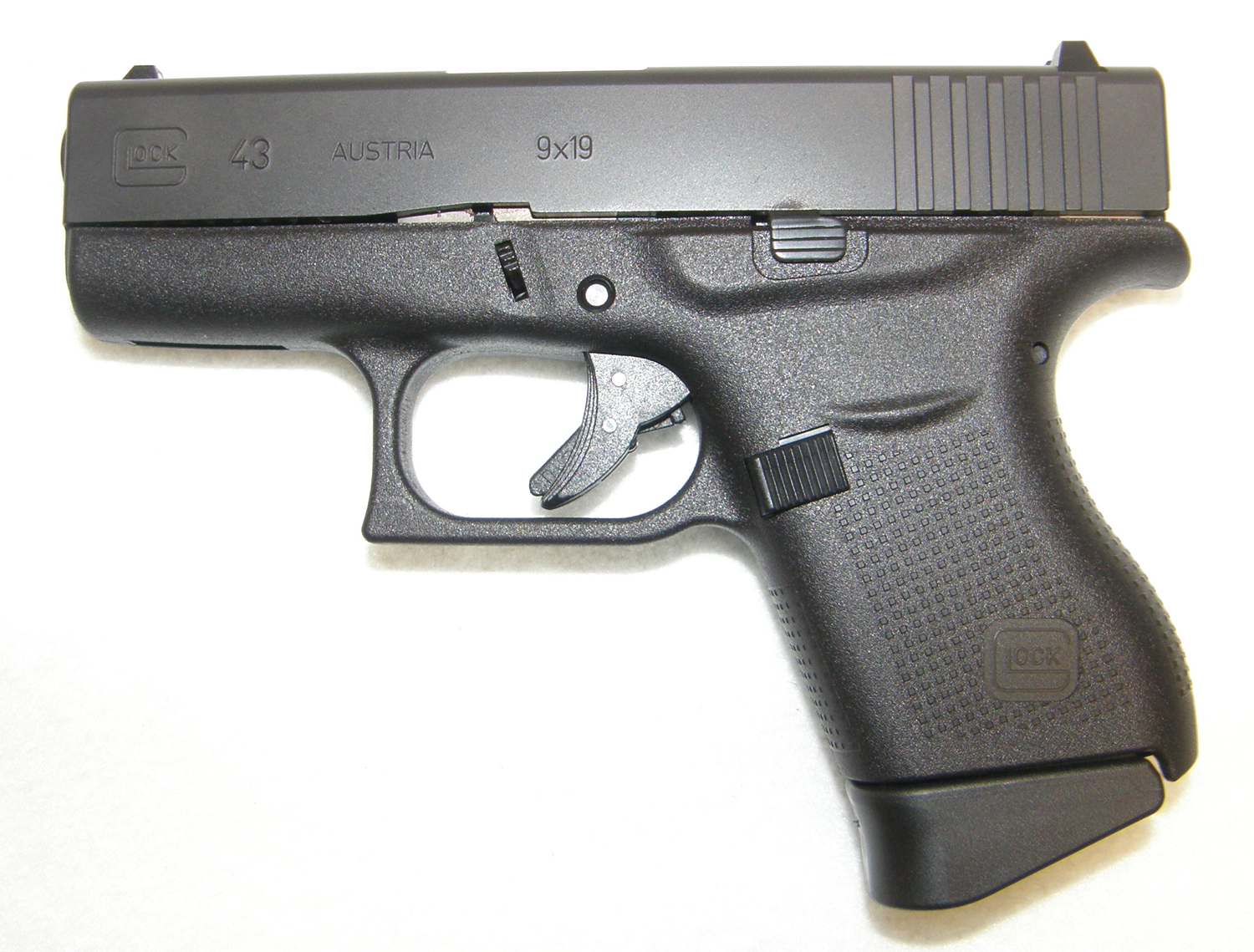
The G32 is the compact variant of the G31. This round offers superior penetration and kinetic energy compared with defensive 9mm loads - and all from a 15-round magazine. 357 Magnum service revolver in a semi-automatic pistol. 357 SIG, the G31 delivers ballistics equivalent to a. This compact powerhouse has a magazine that holds, fittingly, 10 rounds of 10mm. The Glock 20, in 10mm, needed a subcompact variant of its own, so Glock unveiled the G29. This semi-automatic 9mm pistol is fed from a flush-fit, double stack 10-round magazine. Glock’s first foray into the burgeoning concealed-carry pistol market, the firm introduced its first subcompact, the G26, in 1994. 40 S&W however, 14-, 15-, 16-, and 22-round magazines are also compatible. The compact variant of the Glock 22, the G23’s standard magazine holds 13 rounds of. The G22’s magazine holds 15 rounds but is also compatible with 16- and 22-round extended magazines are also available. 40 Smith & Wesson cartridge, beating the round’s co-designer to the market. In 1990, Glock introduced the G22 chambered in the newly developed. The G21’s magazine holds 13 rounds standard. 45-caliber handguns were fed from single stack magazines holding fewer than 10 rounds of ammunition. Before the G21’s introduction, most semi-automatic. The Glock 21, introduced in 1990, fires the. Both pistols are fed from a 15-round magazine. The Glock 20 is a full-size handgun chambered in the 10mm Auto powerhouse. Despite the designation, this pistol has a standard magazine capacity of 15 rounds, which is the equivalent of the contemporary Beretta 92FS (M9) and SIG P226. The Glock 19, introduced in 1988, is the subcompact variant of the Glock 17 - the full-size 9mm service pistol. In subsequent pistol designs, this coincidence no longer holds true, which is why it’s necessary to know the magazine capacities of each Glock. The standard Glock 17 magazine holds 17 rounds of 9mm ammunition, but this was a coincidence. Sometimes it’s necessary to strike a balance, however.

If you feel that you need more than a specific number, you should choose a weapon or a magazine that fulfills that requirement. The number of rounds a handgun should hold is a matter of debate. This layout allows the magazine to remain shorter while holding more rounds by increasing the width. In a double stack magazine, the cartridges are stacked in a staggered or dual feeding column. Increasing the magazine capacity requires increasing the length. This allows for a narrower magazine body and frame.


In a single stack magazine, the cartridges are stacked one on top of the other in a single feeding column. SAAMI defines a magazine as “ receptacle for a firearm that holds a plurality of cartridges or shells under spring pressure preparatory for feeding into the chamber.”Ī magazine is distinct from a clip, which holds cartridges in proper sequence for loading into a magazine.Ī magazine typically holds cartridges in one of two different layouts: 1. Semi-automatic pistols are usually fed from detachable magazines. This complete package is called the cartridge or round. It’s loaded into a cartridge case, seated above a propellant powder charge, which is ignited by a primer. The bullet is simply the metal part that leaves the barrel.


 0 kommentar(er)
0 kommentar(er)
